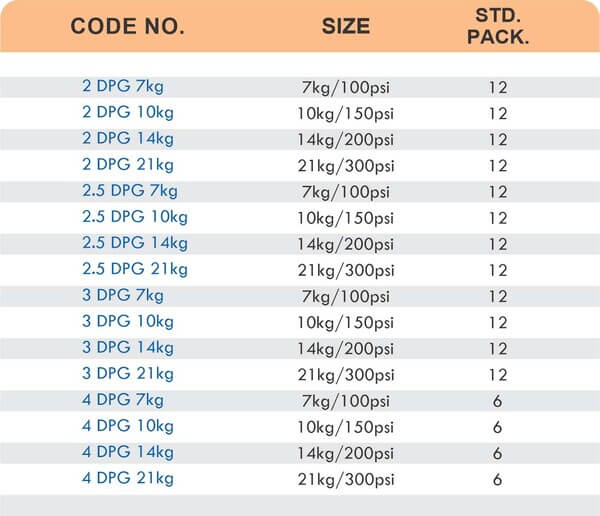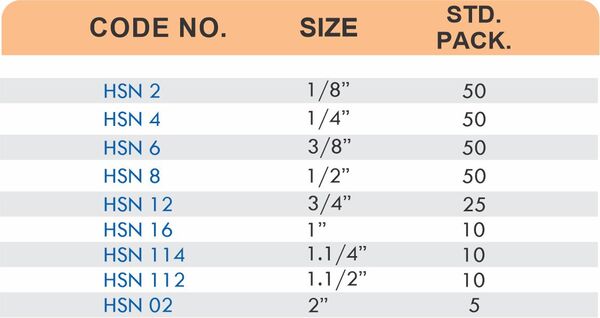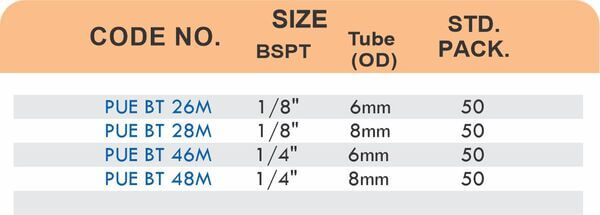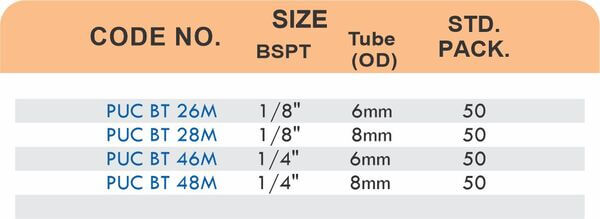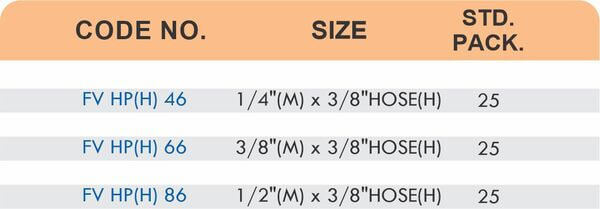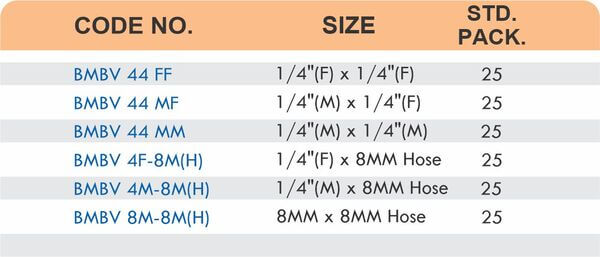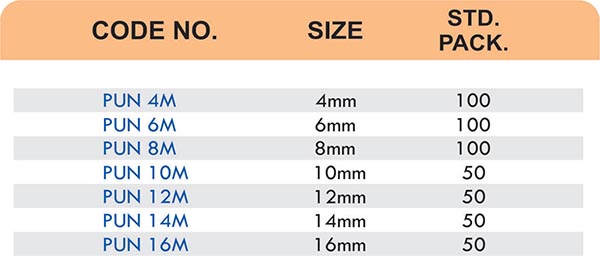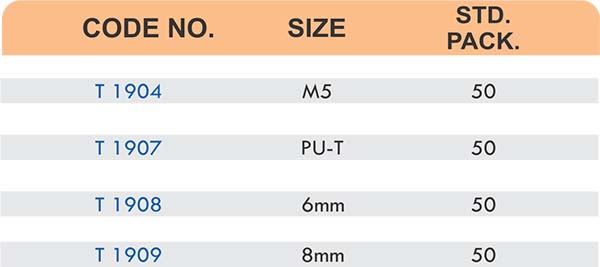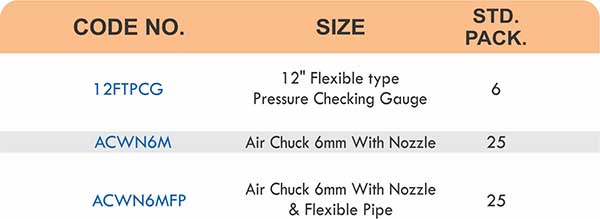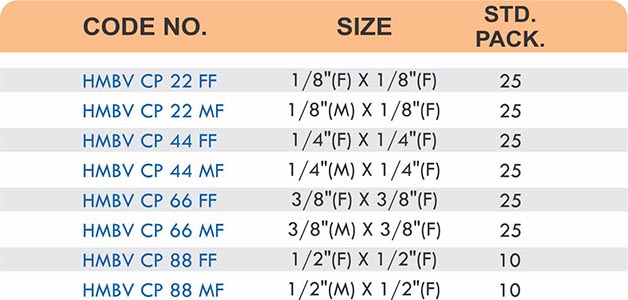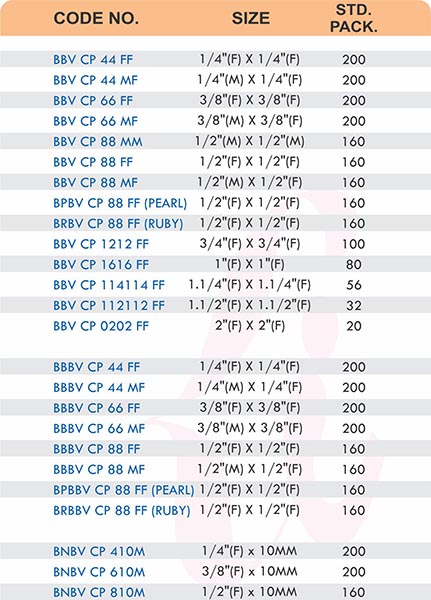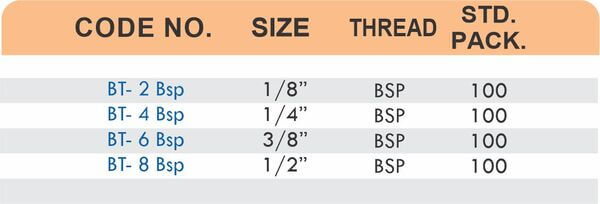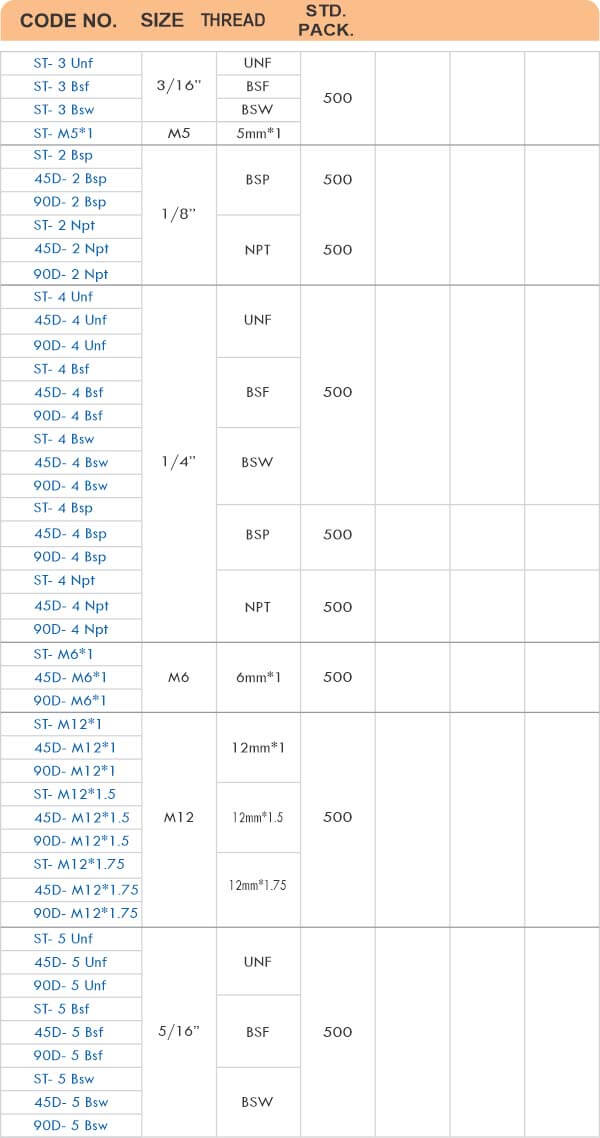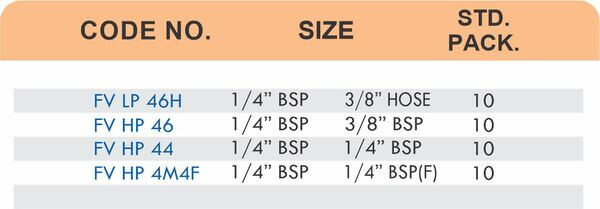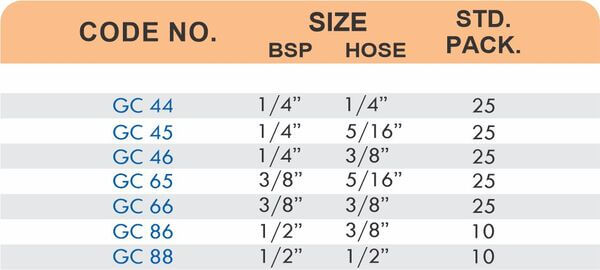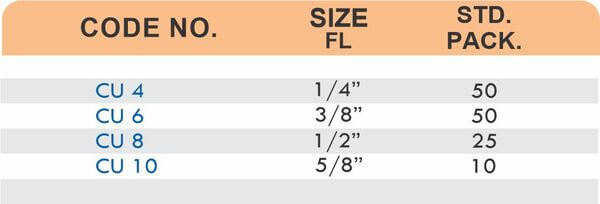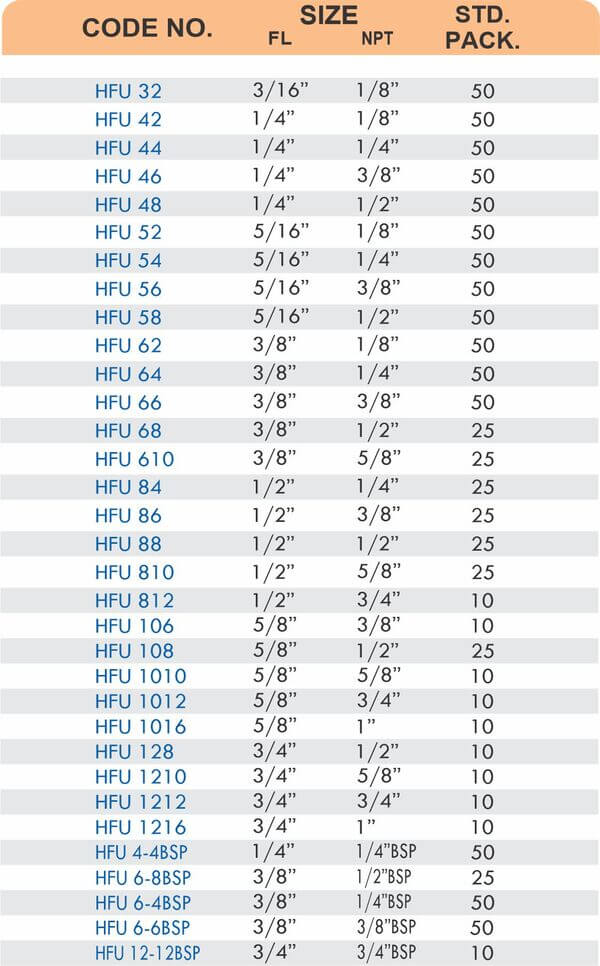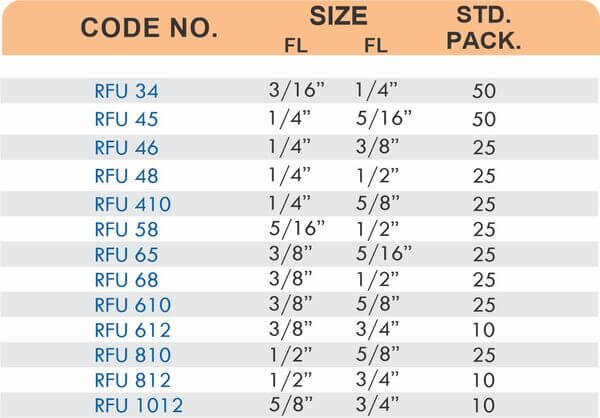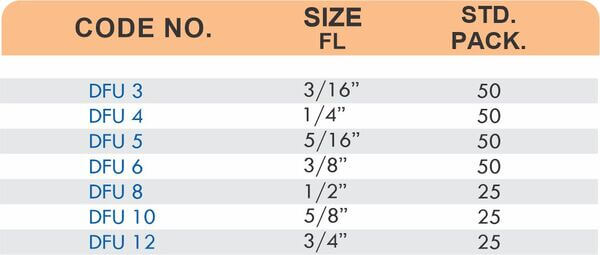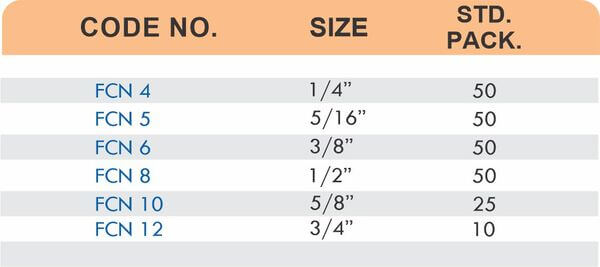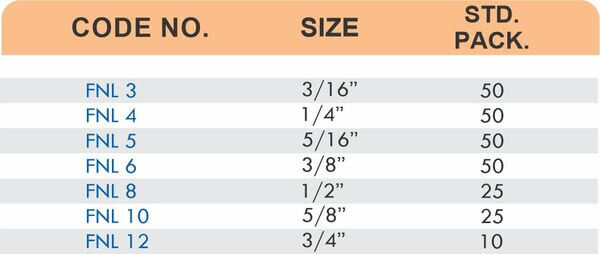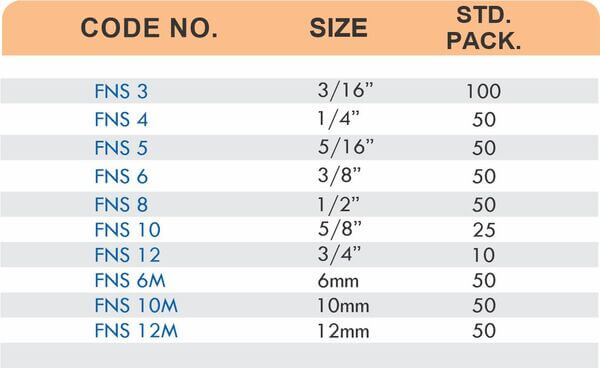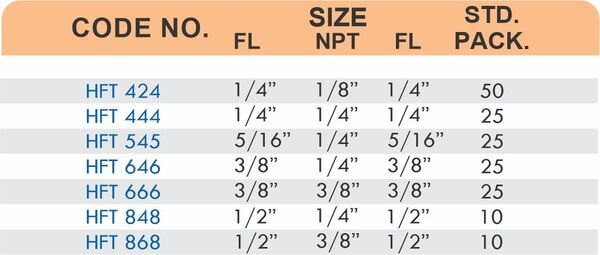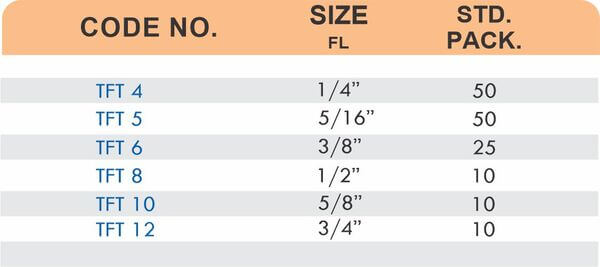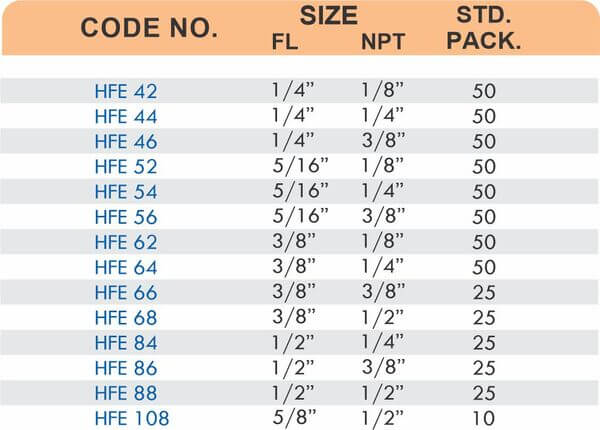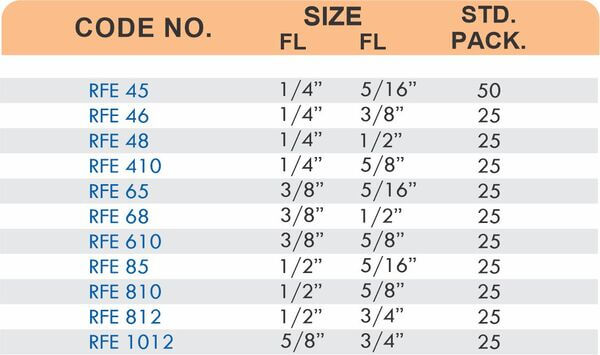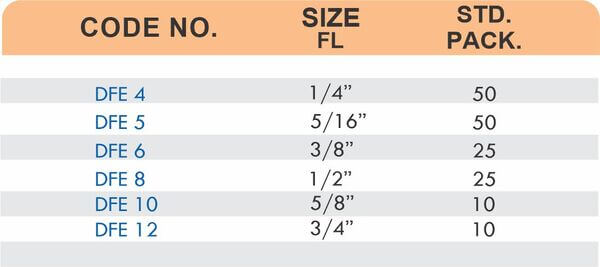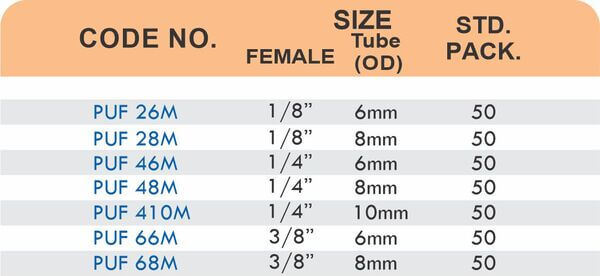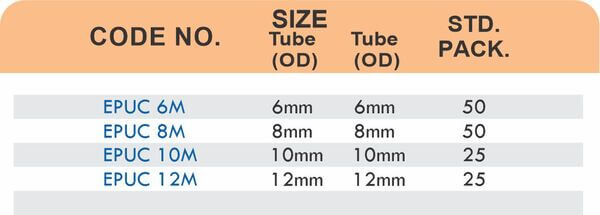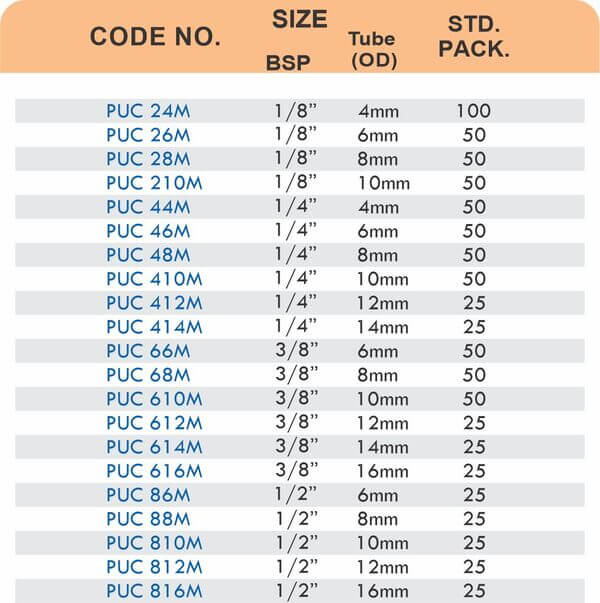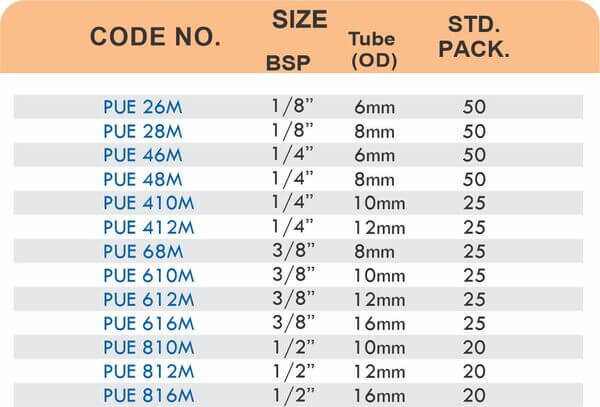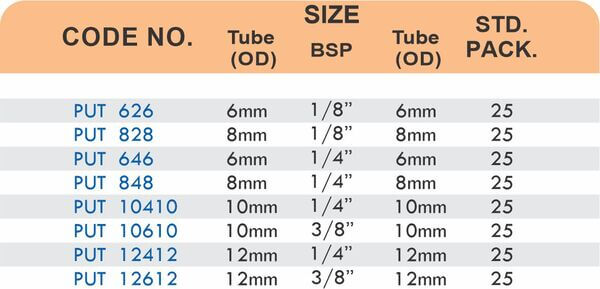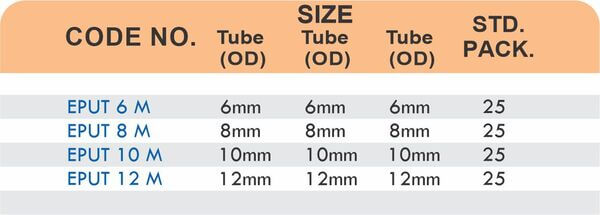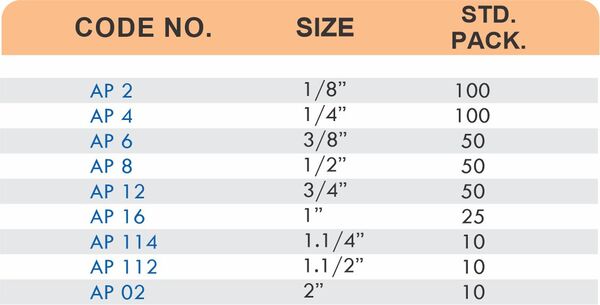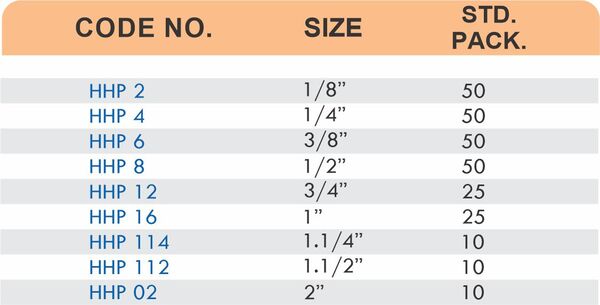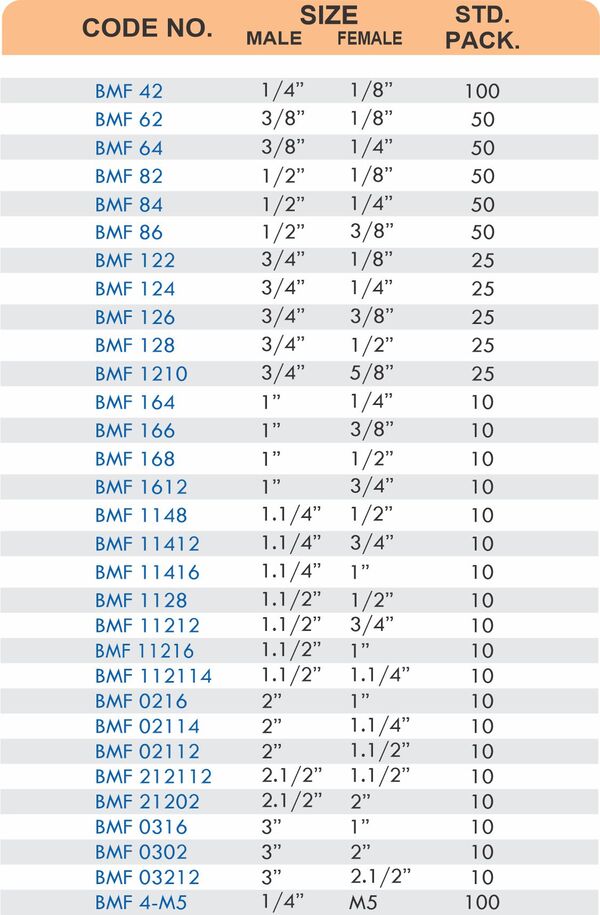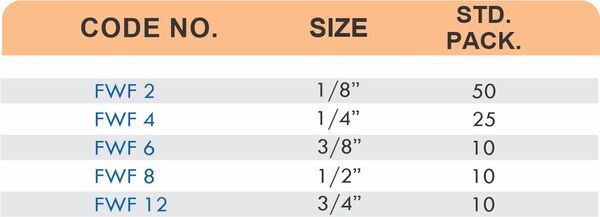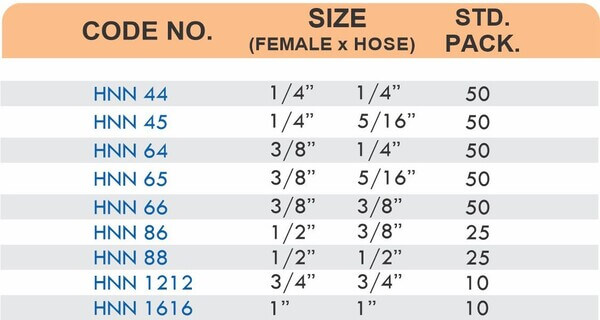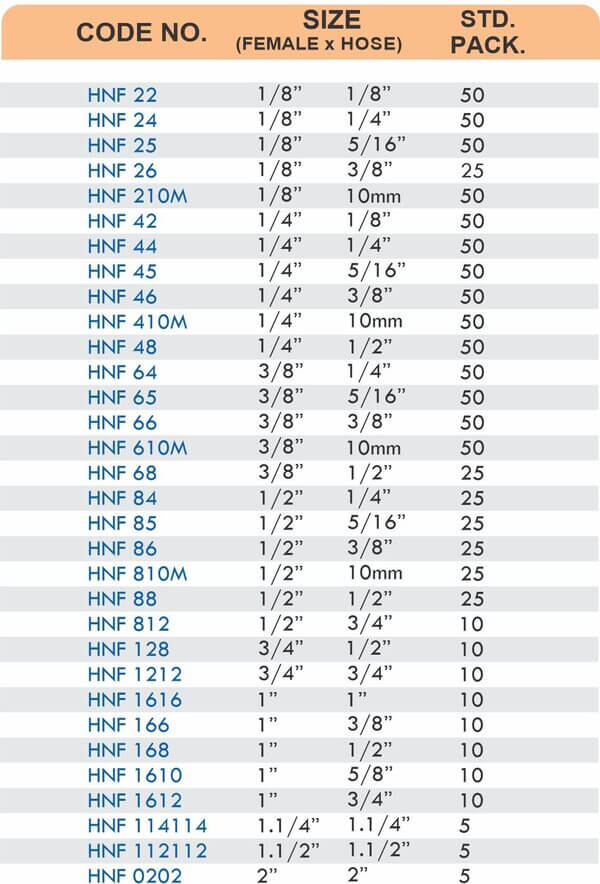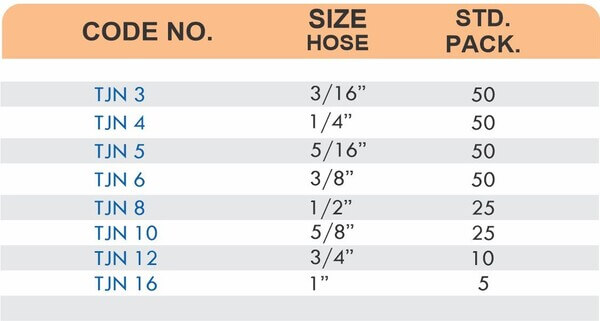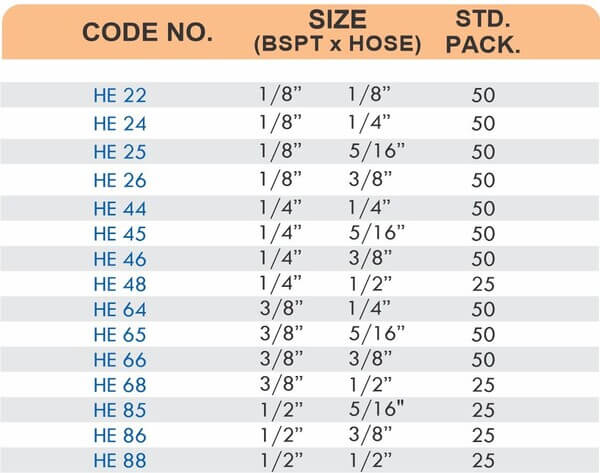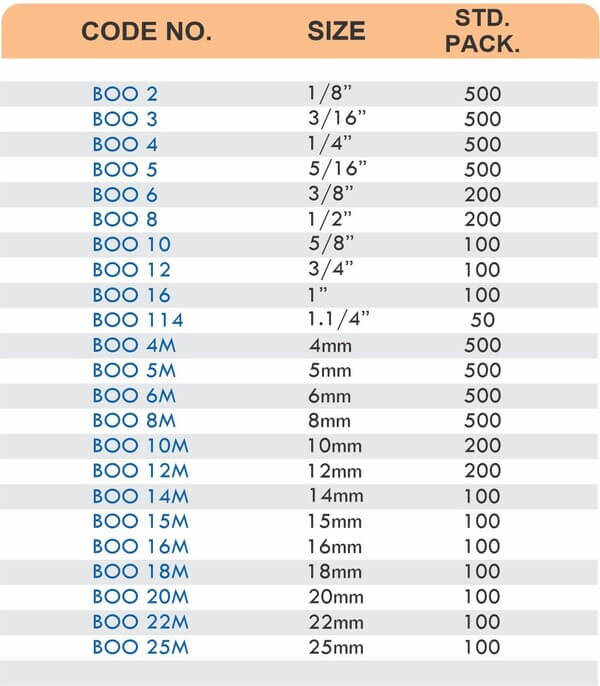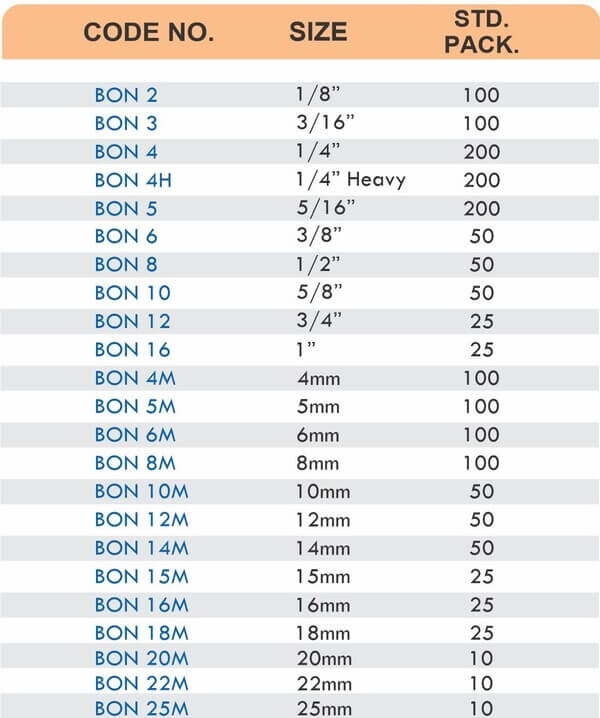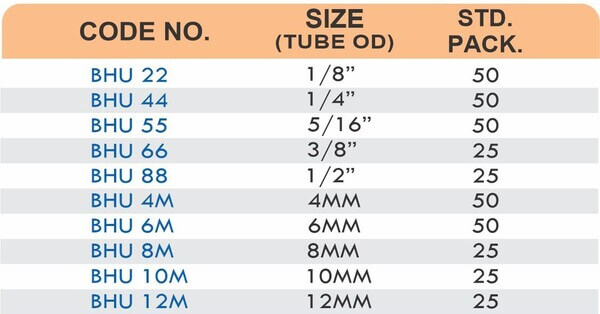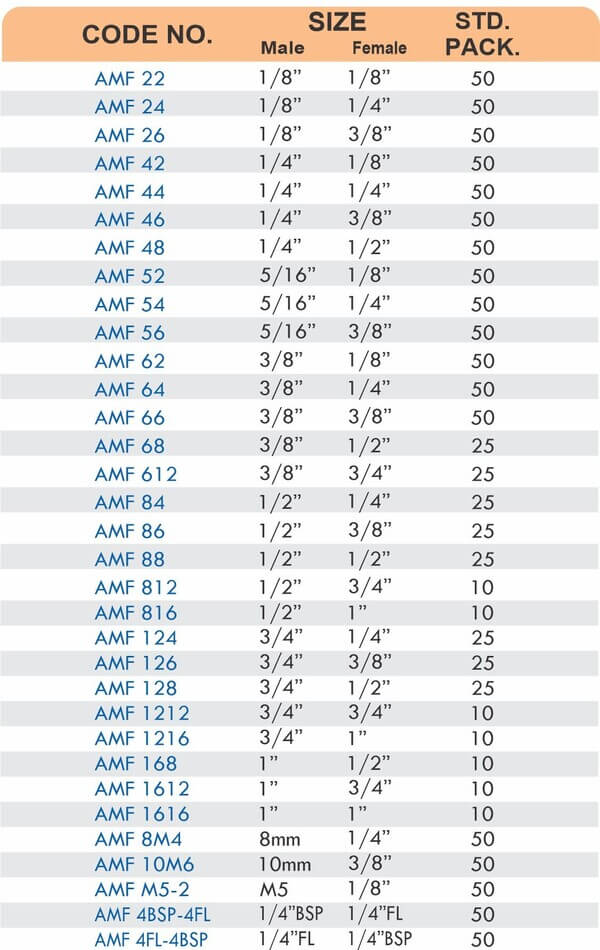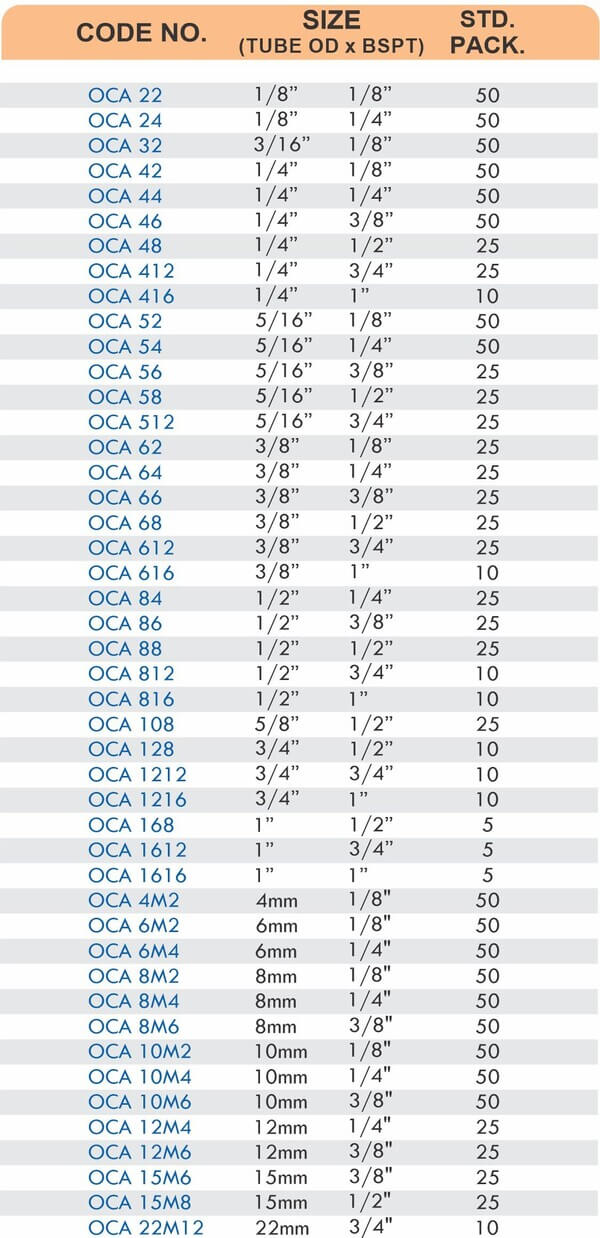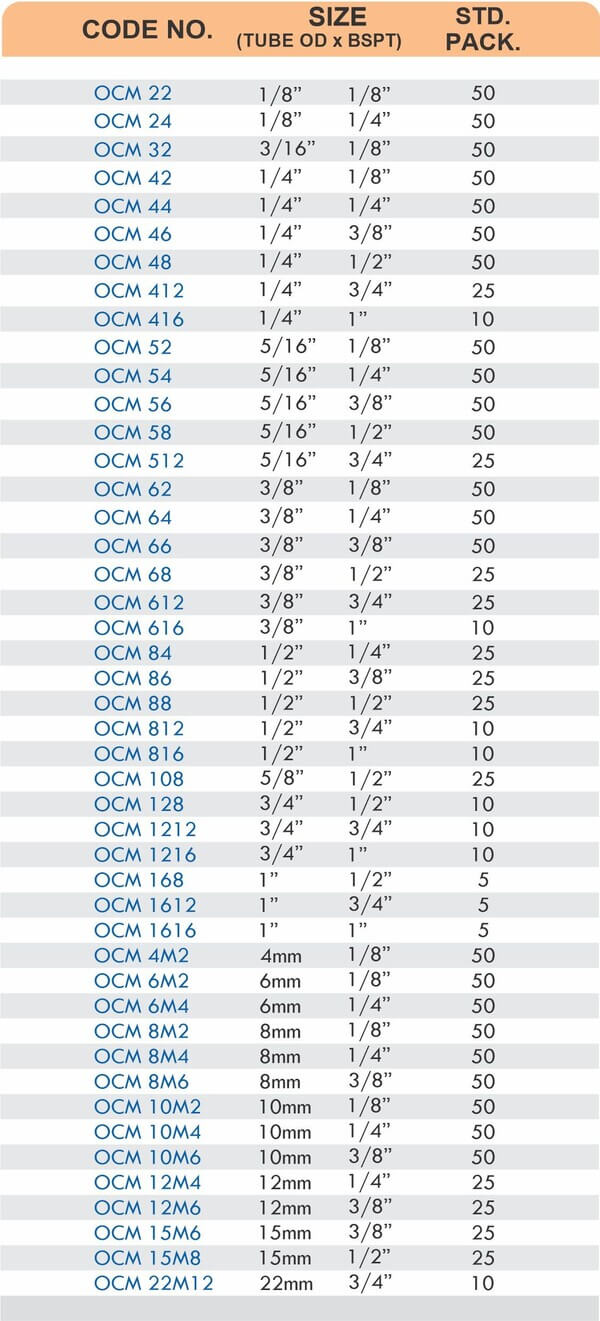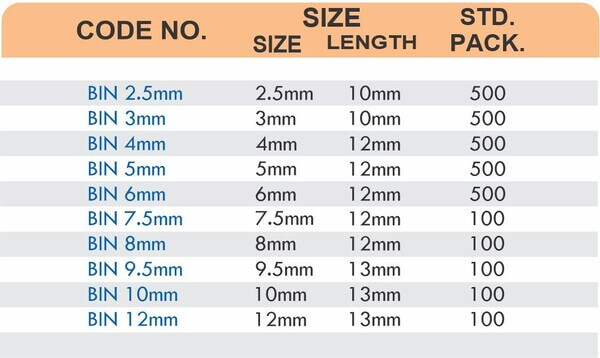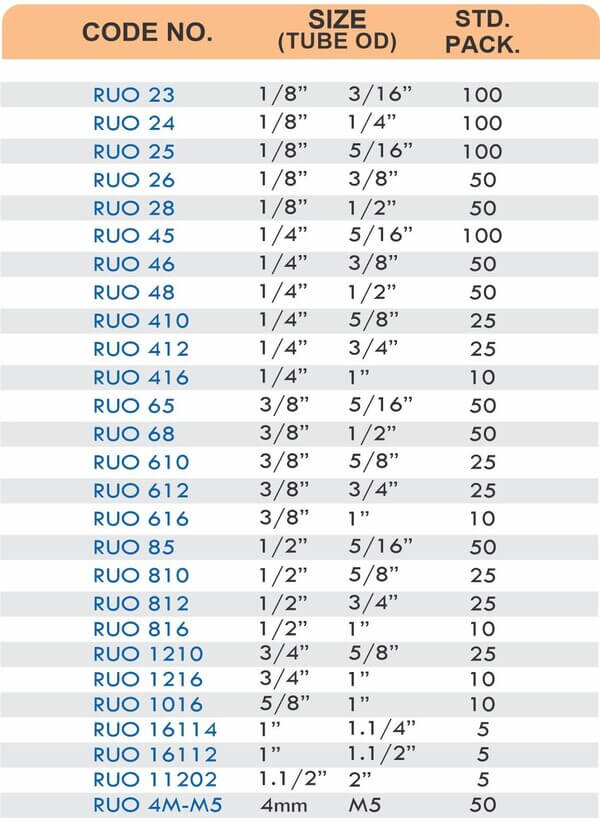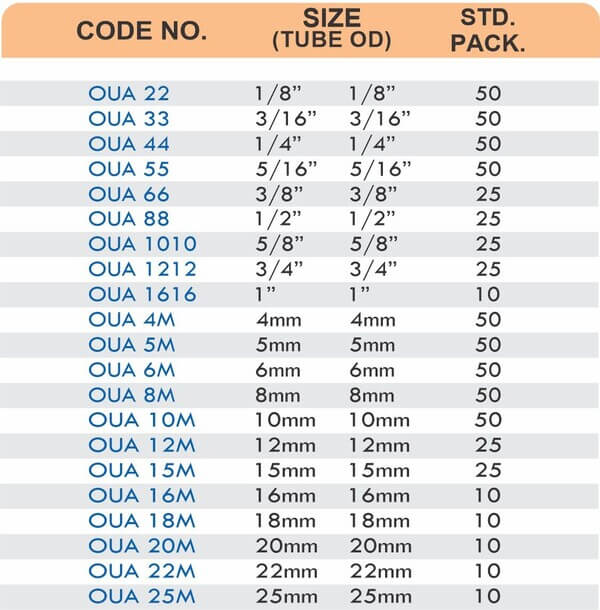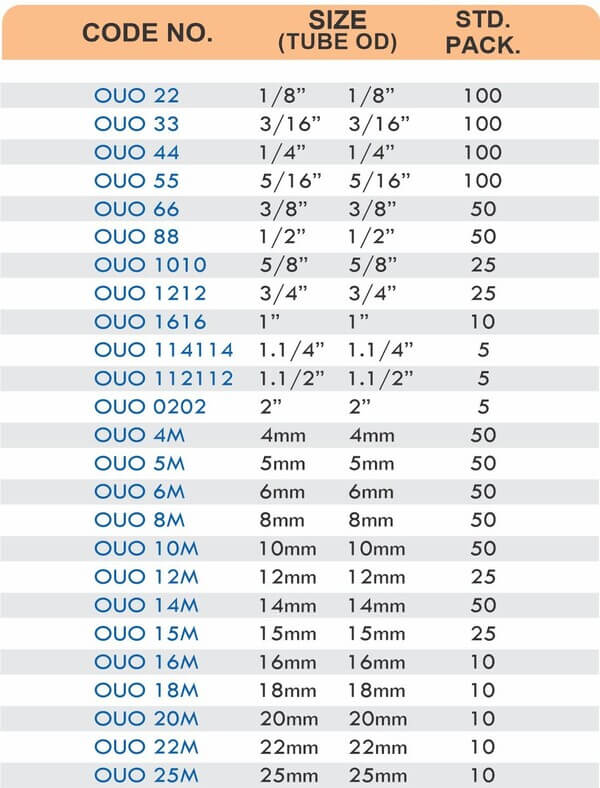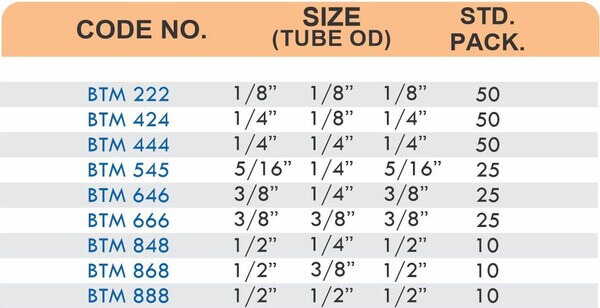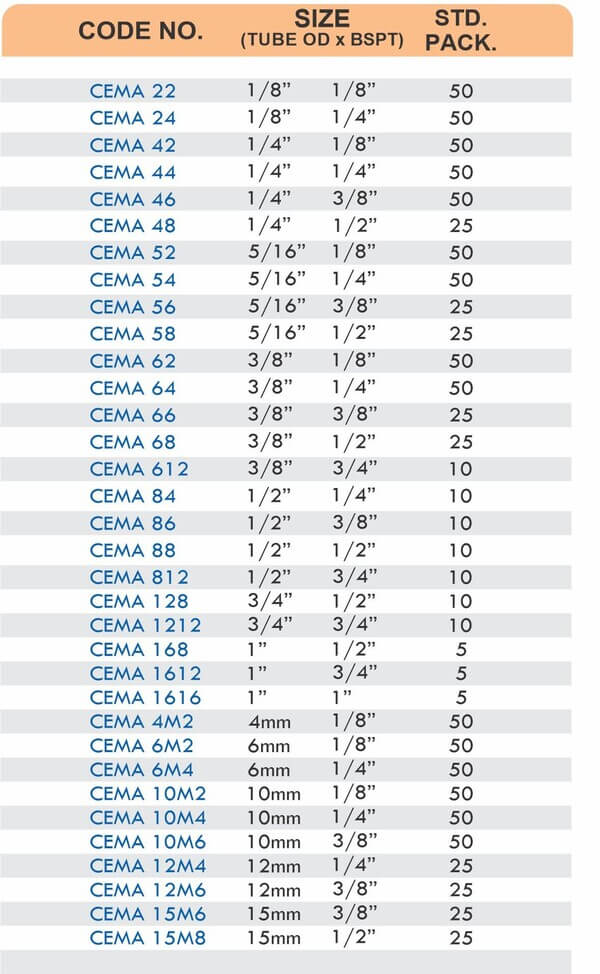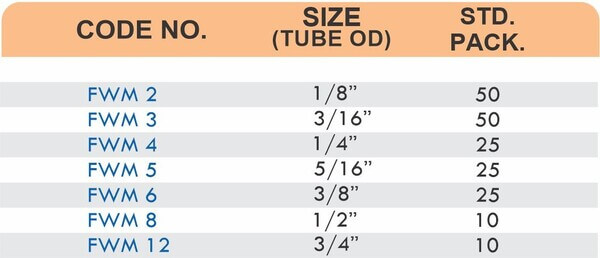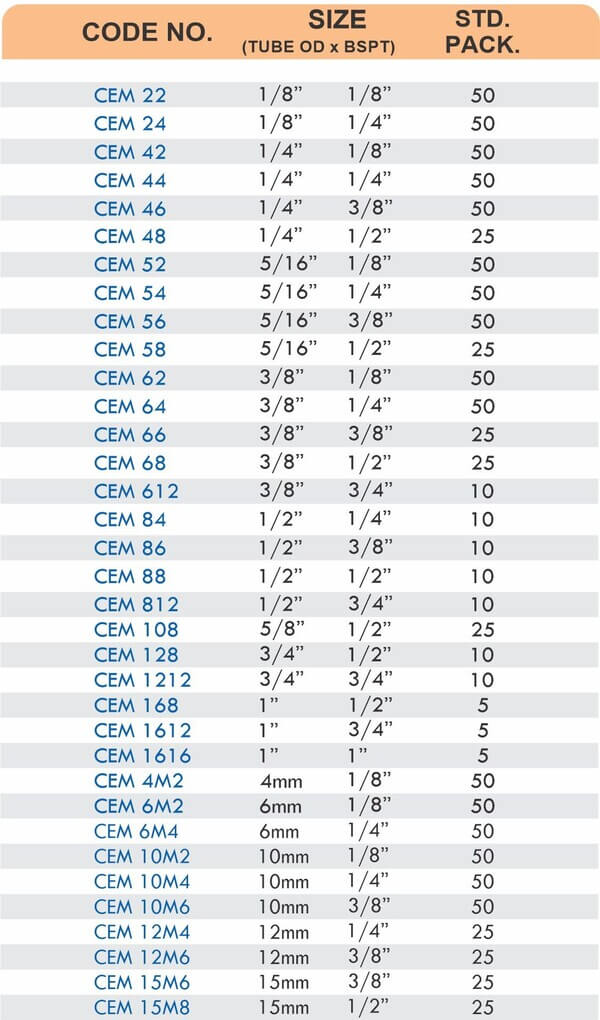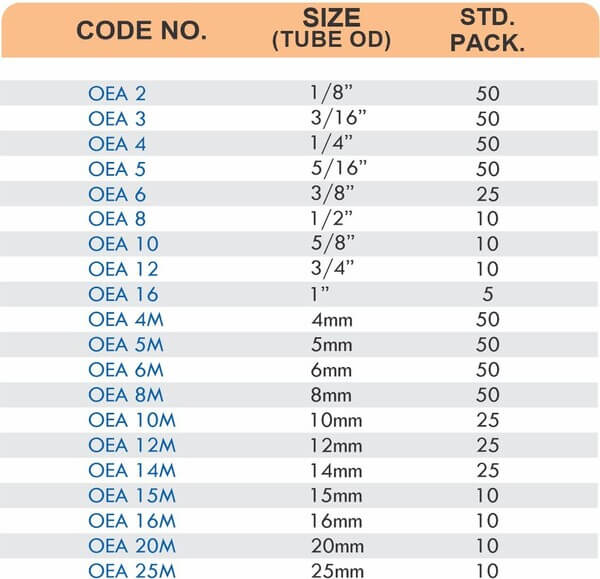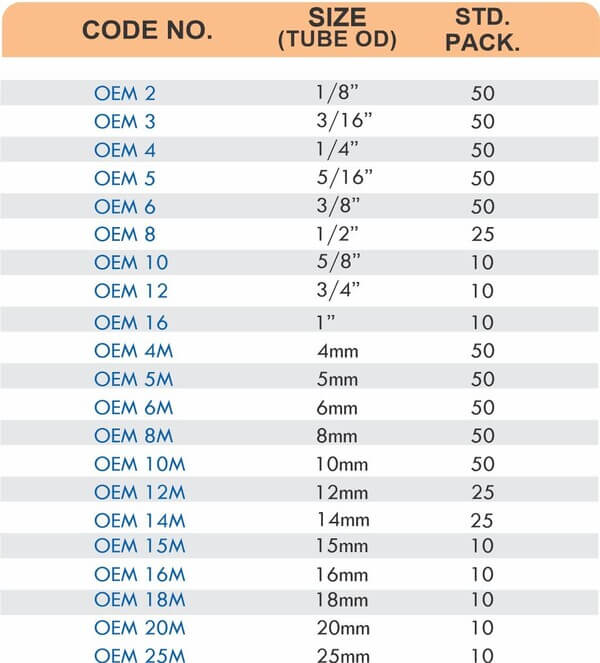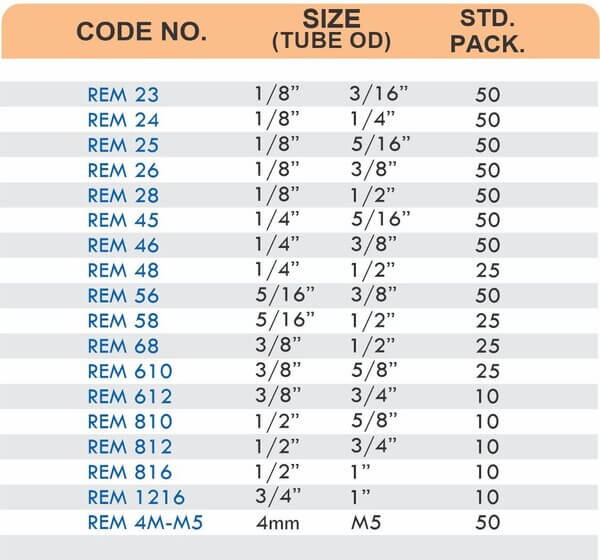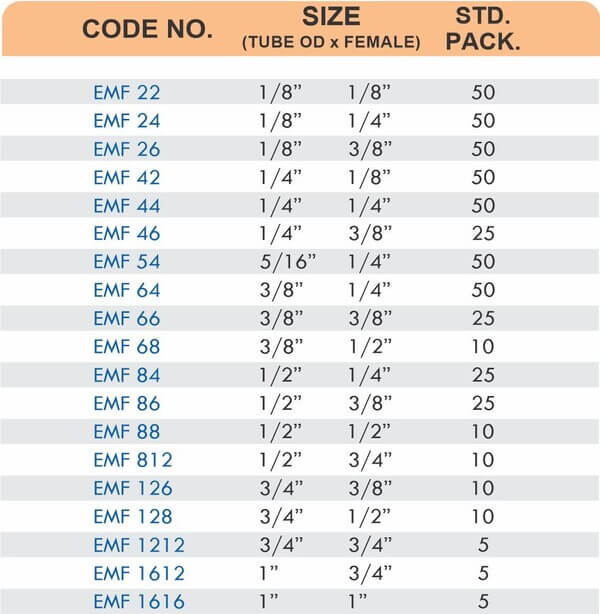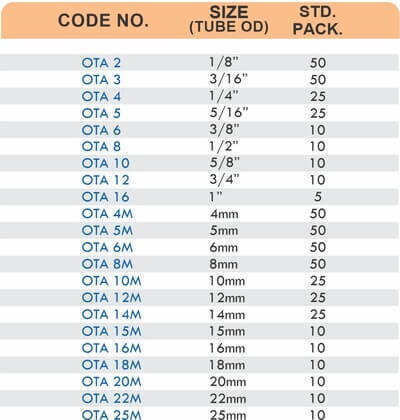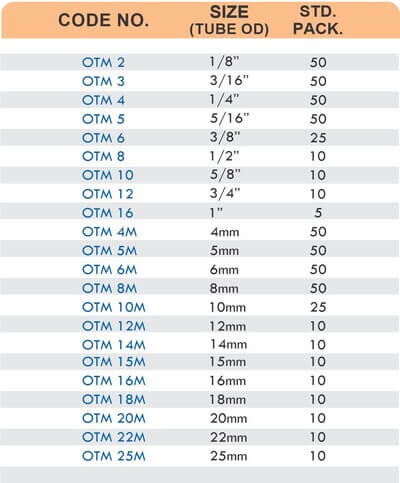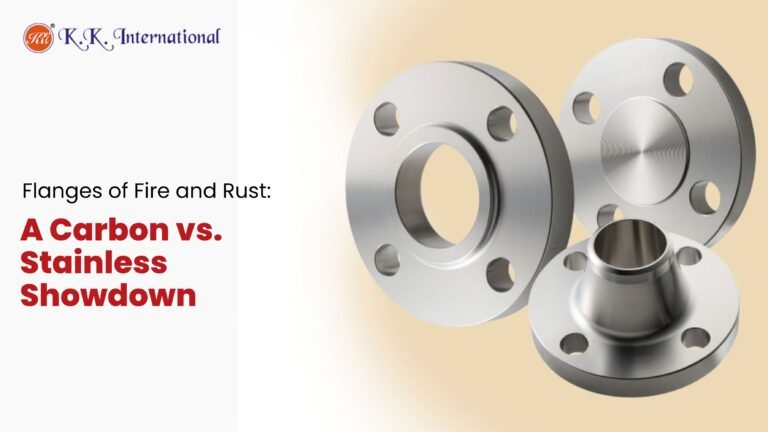
Flanges of Fire and Rust: A Carbon vs. Stainless Showdown
Selecting the right flange material is critical to the reliability, safety, and cost-effectiveness of any piping system. Carbon steel and stainless steel flanges are two popular choices, each with unique strengths and limitations. This expert guide explores their differences, comparative advantages, key selection criteria, and tips for making an informed decision that matches your project’s needs.
Understanding The Role of Flanges
Flanges connect pipes, valves, pumps, and other equipment, allowing for secure assembly, maintenance, and adaptability in industrial piping systems. Their impact on system integrity, maintenance, and safety means you must weigh material options carefully.
Material Composition and Structural Differences
Carbon Steel Flanges are made primarily from iron and carbon, with carbon content between 0.05% and 2%. The higher carbon enhances strength, toughness, and load capacity but lowers corrosion resistance.
Stainless Steel Flanges are alloyed with at least 10.5% chromium plus nickel and molybdenum, generating a passive oxide layer for durable corrosion protection. Their complex composition contributes to superior performance in challenging environments.
Corrosion Resistance
Carbon Steel Flanges
- Susceptible to rust and corrosion in moist or chemically active environments.
- Often protected by coatings like galvanization, epoxy, or paint to prolong lifespan.
- Best suited for dry, controlled, and low-corrosion conditions.
Stainless Steel Flanges
- Superior resistance to corrosion thanks to chromium and nickel content.
- Ideal for use with water, chemicals, acids, and in hygienic or marine environments.
- Corrosion resistance makes them the standard for pharmaceutical, food, and water treatment facilities.
Mechanical Strength and Temperature Tolerance
Carbon Steel Flanges
- High tensile strength, perfect for heavy-duty and high-pressure systems like oil and gas pipelines or power plants.
- Prone to brittleness or thermal expansion issues at extreme temperatures.
Stainless Steel Flanges
- Excellent resistance to heat and cold; maintain strength in high and cryogenic temperatures.
- Slightly lower tensile strength, but greater longevity and reliability under thermal cycling or corrosive conditions.
Cost and Maintenance Considerations
Carbon Steel Flanges
- Lower initial cost due to more affordable base materials and manufacturing.
- Maintenance expenses can rise due to rust protection, repairs, and replacements.
Stainless Steel Flanges
- Costlier upfront, but reduced maintenance saves long-term expenditure.
- Their resistance to wear and corrosion reduces downtime and improves life cycle economy.
Applications and Industry Usage
Carbon Steel Flanges are widely used in:
- Oil and gas
- Petrochemical operations
- Power generation
- Heavy machinery and construction
Stainless Steel Flanges serve:
- Food and beverage
- Pharmaceutical manufacturing
- Marine and offshore platforms
- Water and chemical processing
Additional Flange Selection Factors
1. Industry Standards and Certifications
Select flanges that comply with standards like ASME B16.5, DIN, JIS, or relevant national codes for safety and compatibility.
2. Pressure and Temperature Ratings
Choose materials and flange classes (e.g., Class 150, 300, 600) that match expected operating conditions.
3. Facing Type and Gasket Choice
Raised Face (RF), Flat Face (FF), and Ring Type Joint (RTJ) faces affect sealing performance—ensure proper match for your gasket and application.
4. Size, Thickness, and Fit
Ensure correct nominal pipe size (NPS), schedule, and thickness for a secure and leak-proof connection.
5. Aesthetic and Hygienic Requirements
In food and pharmaceutical sectors, stainless steel flanges are preferred for their clean look and ease of sanitation.
Pros and Cons Table
| Feature | Carbon Steel Flanges | Stainless Steel Flanges |
| Strength | Higher tensile for heavy loads | Good, but slightly less; excels under cycling |
| Corrosion Resistance | Low; needs coatings | High; suitable for harsh environments |
| Cost | Lower initial investment | Higher initial, lower lifetime costs |
| Maintenance | Frequent; rust prevention needed | Minimal; long service life |
| Temperature Handling | Limited at extremes | Excellent: heat/cold resistant |
| Industries Used | Oil, power, construction | Food, pharma, marine |
Expert Tips for Choosing Between Carbon and Stainless Flanges
- Assess Environmental Conditions
If moisture, corrosive chemicals, or hygiene are factors, opt for stainless steel for superior protection. - Evaluate Strength Needs
For high-pressure or load-bearing applications, carbon steel is preferable if corrosion is managed. - Consider Life Cycle Cost
Factor in not just upfront cost but ongoing maintenance, repair frequency, and replacement. - Verify Certification and Standards
Confirm flanges meet industrial codes (ASME, DIN, IS) for safety and system compatibility. - Check Project Deadlines and Sourcing
Carbon steel flanges may offer faster lead times for urgent jobs; stainless steel can take longer but reduces future issues.
Frequently Asked Questions (FAQs)
Q: Which flange is best for potable water systems?
A: Stainless steel is preferred for potable water due to corrosion resistance and hygiene standards.
Q: Can carbon steel flanges be used with acidic chemicals?
A: Not recommended unless protected by specialty coatings; stainless steel is safer for acids.
Q: Are flange sizes standardized across materials?
A: Yes, key dimensions (NPS, thickness, bolt hole pattern) comply with international standards regardless of material.
Conclusion
Both carbon steel and stainless steel flanges offer distinctive advantages tailored to specific industrial requirements. By carefully considering operating environment, mechanical demands, industry standards, and life cycle costs, engineers and project managers can select the optimal flange for sustained system reliability, safety, and value.
For personalized guidance, quality products, and detailed technical support, trust K K INTERNATIONAL for all your flange selection needs.

